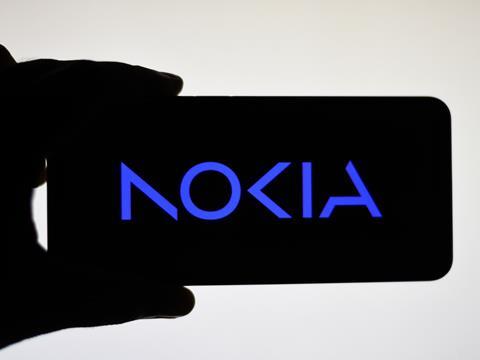
By the end of 2023, Nokia plans to transition into 60% smaller, 44% lighter, and 100% recyclable packaging for its Lightspan range of broadband access nodes; the shift is anticipated to cut down on CO2 emissions and material waste.
Non-biodegradable foam, plastic, bleaching, toxic materials, and chemical treatments are all set to be phased out of Nokia’s packaging. Protective plastic covers will be replaced with biodegradable alternatives, the company says, while the drop-resistant buffer material is made from FSC-compliant, fully recyclable cardboard components. The pack itself is designed to facilitate reuse in return shipments.
Nokia has already shipped gigabit-speed G.fast access nodes to Deutsche Telekom in this more compact and lightweight design. It is expected to decrease packaging size by 60% and weight by 44% – an adjustment expected to allow more products to be shipped per pallet and result in an up to 60% reduction in CO2 emissions.
“Deutsche Telekom has set ambitious circularity goals for 2030,” explained SVP Group Technology Innovation Arash Ashouriha. “We focus on the entire lifecycle of our products and everything we buy from our technology suppliers.
“We have already taken out all single-use plastics in the packing of our own ‘T’-branded devices. The collaboration with our technology suppliers like Nokia on innovative ways of sustainable packaging is therefore an essential next step.”
Nokia has also declared its commitment to Science Based Targets, including a 50% reduction in greenhouse gases by 2030. In turn, this goal is hoped to help limit global warming to 1.5°C within the same time frame and reach net zero by 2050.
Geert Heyninck, Head of Broadband Networks for Fixed at Nokia, commented: “Eco-friendly product packaging is a major contributor to our climate and environmental ambitions. By using 100% recyclable materials we help to reduce waste and contribute to a circular economy.
“The packaging is also more compact, which allows more efficient transport and further reduces CO2 emissions by up to 60%.”
Versuni is undergoing a similar transition. It aims to achieve 100% recycled and 1005 recyclable paper boxes for its top-performing Philips home appliances, as well as replace all single-use plastic used inside the packaging, within four years – and Calum Armstrong, head of Design at Versuni, outlined the company’s aim to balance product protection with packaging sustainability.
Furthermore, Apple’s new Apple Watch line will be packaged in downsized, label-free, and fibre-based packaging in a bid to cut down on plastics and decarbonize its operations.
In another development for electronics packaging, the new Access controller kit for PlayStation comes in accessibility-minded packaging designed to be openable with one hand.
If you liked this article, you might also enjoy:
The L’Oréal approach to packaging sustainability
The way we talk about plastic needs to change – here’s how to get it right
What steps is Apple taking to make its packaging more sustainable?











No comments yet